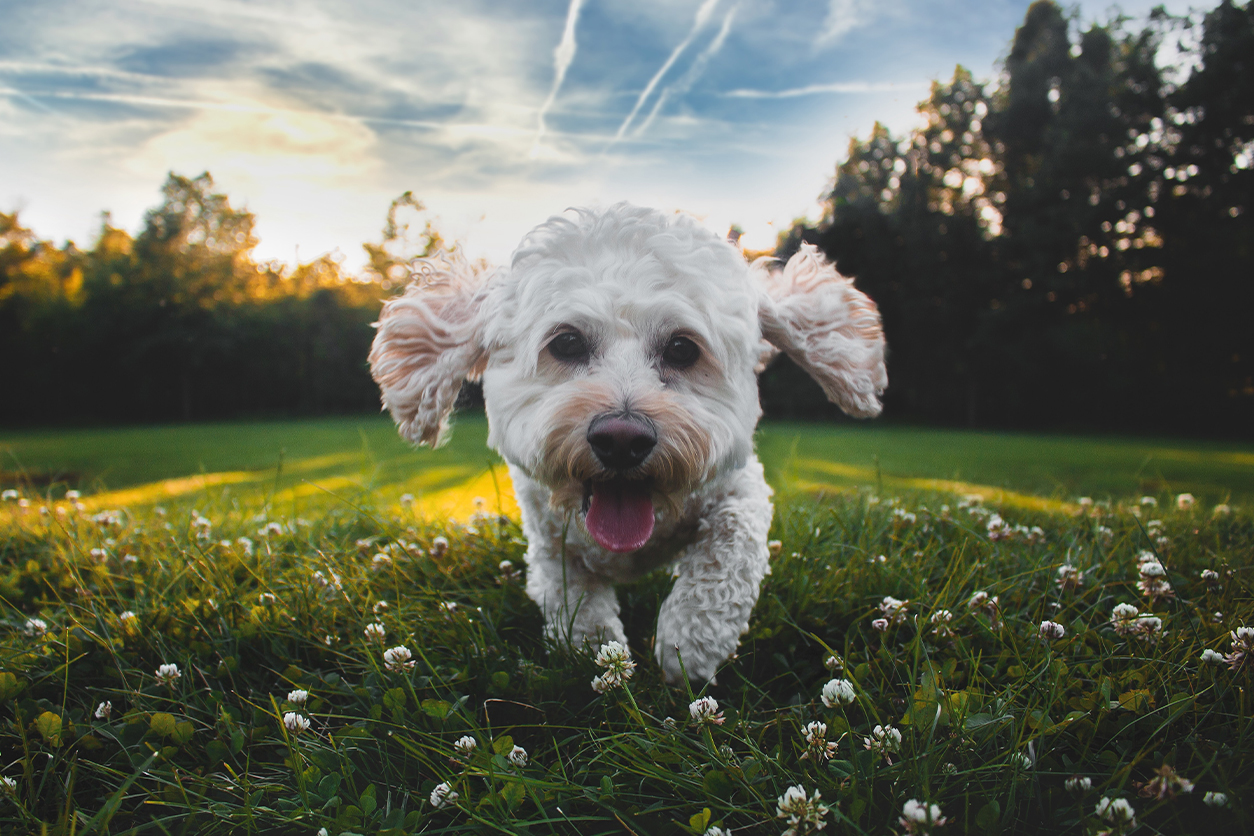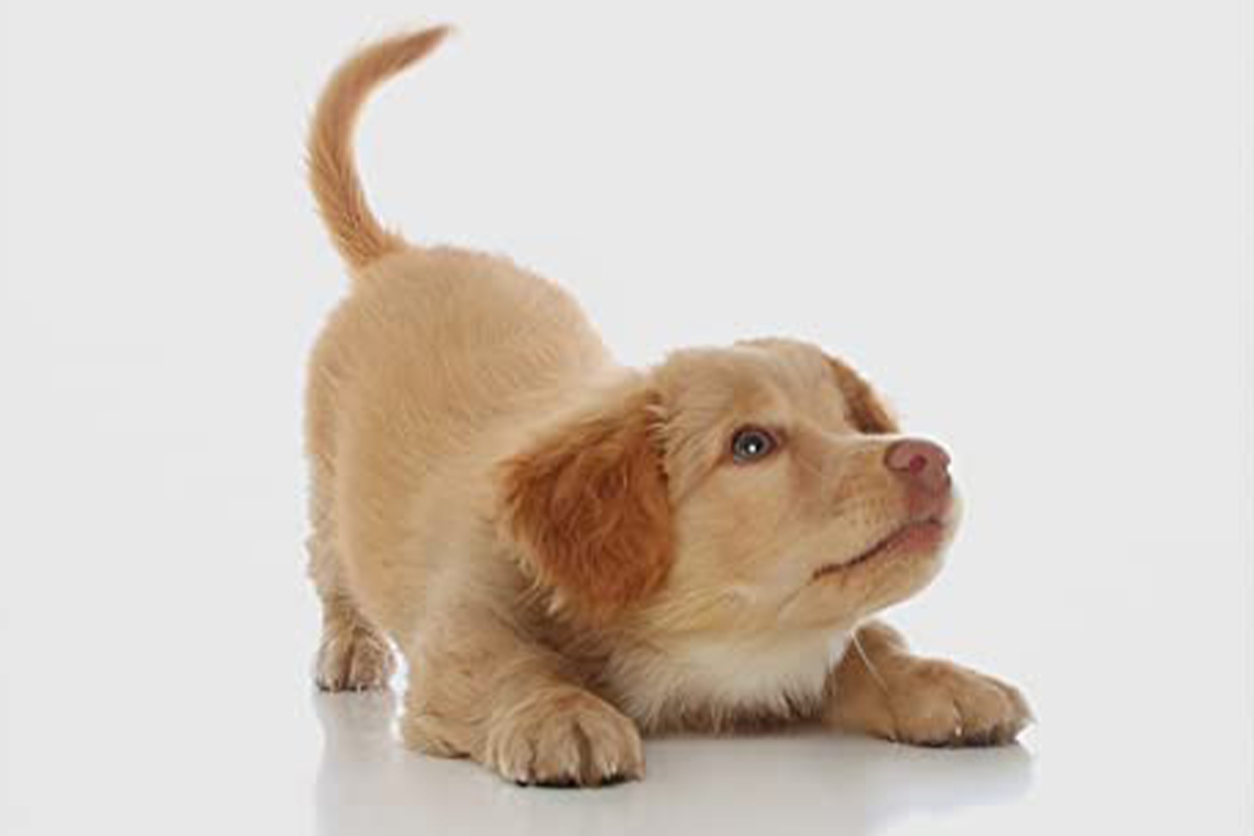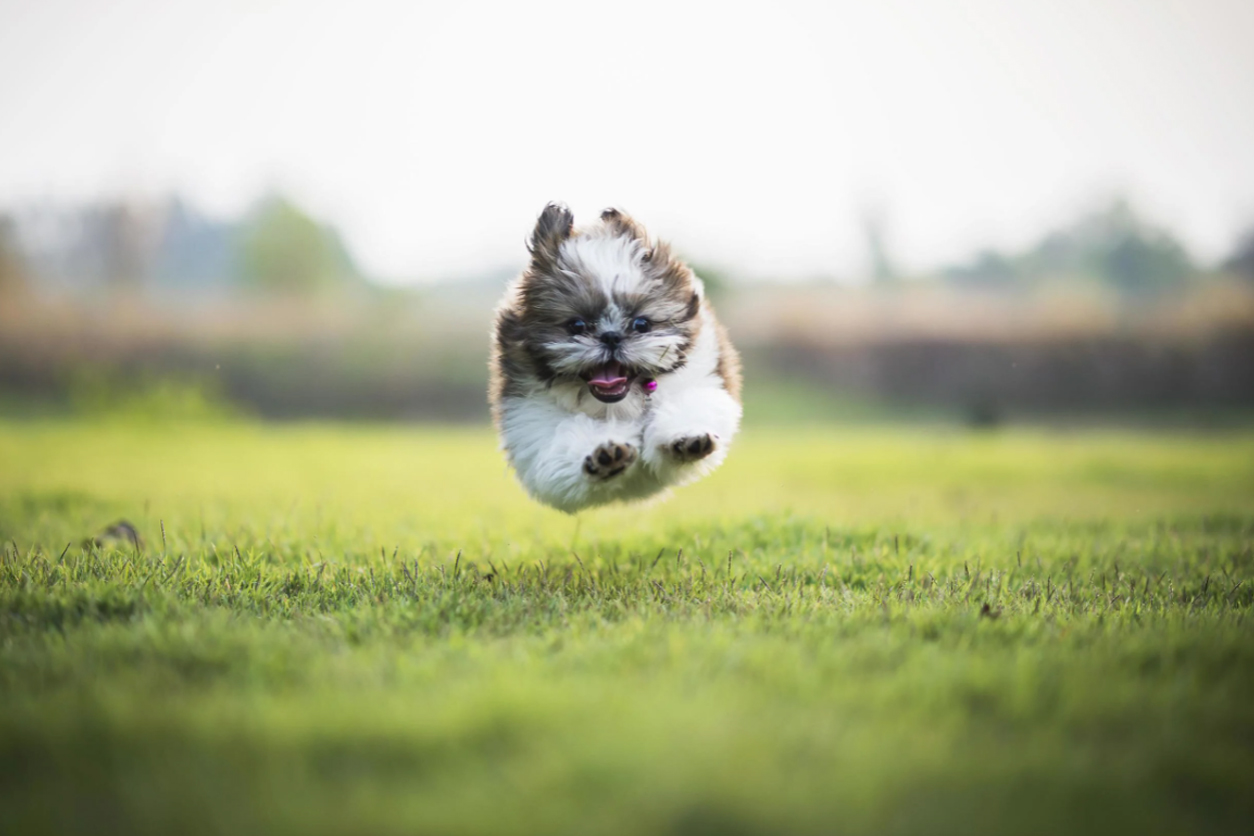
Purchasing a dog or puppy in the spur of the moment is rarely a wise decision. It is important to take careful consideration as to what breed of dog is best for your family and everyday life.
When the various breeds were first created, the ability to accomplish a job, such as herding, guarding, hunting, drafting, and so on, was prioritized before attractiveness of the dog. If you're interested in a specific breed, find out what the dog was bred to do first. There are so many different kinds to pick from, and doing your homework is the key to finding that "perfect puppy."
A well-trained dog begins with an understanding of the role the dog will play in your life, followed by the selection of a dog that is fit for the job. Here are some of the common reasons a family might choose to get a dog:
Few dogs can meet all of these requirements, and most only meet one or two. Getting a dog as a status symbol usually means getting a guarding dog or one of the more uncommon breeds, which usually comes with their own set of issues. If you're interested in a rare breed, first learn why it's so rare and if there are any potential drawbacks.
A perfect example of a breed that fulfills many of these requirements is the Labrador Retriever. This breed is one of the most popular dogs and ranks first in American Kennel Club registrations. The reason for this is simple: a Lab is a good multifunctional dog that is a great companion and playmate for children, is naturally protective, is generally healthy, makes an excellent guide dog, and can be molded into a well-trained dog with little time and effort.
You must also consider your own personal circumstances and day to day life. For most people, this involves having a dog that can fulfill our need for companionship while also being easy to train and not require a ton of upkeep.
How often a dog needs grooming is an important consideration when choosing what kind of dog is right for your family. For example, although Poodles and Terriers do not shed, they must be groomed on a regular basis. Unless you're ready to put in the time and effort to learn how to do it yourself, you'll have to pay a professional groomer on a regular basis, which is an expensive proposition.
Long-haired breeds require more maintenance than short-haired breeds. When you think about it, it's rather clear, yet it's often ignored when people are choosing a puppy or dog. Briards, Poodles, Wirehaired Dachshunds, and Terriers are among the breeds that do not shed, which is a very desirable trait. However, unless you are willing to learn how to groom your dog, it will require many visits to the grooming salon, which will be costly.
It is imperative that you consider the amount of time required to train and take care of your new dog or puppy before you make the commitment. What level of activity does the breed require on a daily basis, and are you able to provide it to your dog? Some breeds require less activity than others, but many require at least two daily 20-minute walks, and some, like the sporting breeds, require much more. It is insufficient to simply let the dog out in the backyard.
Throughout the decision process, keep reminding yourself that your dog will be with you for anywhere from 8 to 16 years. Regular exercise becomes even more necessary as he or she grows older.
How much time do you have to commit to training that adorable little furball? If your busy schedule doesn’t leave you a lot of spare time, it’s important to consider choosing a breed that requires less exercise and is easily trained.
Wendy Volhard’s Puppy Aptitude Test is a simple test that is incredibly accurate in predicting inherited behavioral tendencies and how the puppy will turn out as an adult.
The test was created using past tests from the 1960’s that measured whether or not puppies could be assessed for dominance and submission. These experiments proved that evaluating puppies at 49 days of age could predict future behavioral features in adult dogs. Depending on the amount of time before or after the 49th day, testing before or after that age affected the accuracy of the results.
They then took these assessments and combined them with their own to create the Volhard Puppy Aptitude Test, or PAT. The PAT consists of ten tests with a scoring system ranging from 1-6. The tests must be completed in the order specified. Each test is assessed independently and interpreted as such. There are no winners or losers, and the scores are not averaged. The goal is to find the ideal puppy for the right family.
The Tests Consist of the Following:
During the testing make a note of the heart rate of the pup, which is an indication of how it deals with stress, as well as its energy level. Puppies come with high, medium or low energy levels. You have to decide for yourself, which suits your lifestyle. Dogs with high energy levels need a great deal of exercise, and will get into mischief if this energy is not channeled into the right direction. Finally, look at the overall structure of the puppy. You see what you get at 49 days age. If the pup has strong and straight front and back legs, with all four feet pointing in the same direction, it will grow up that way, provided you give it the proper diet and environment in which to grow. If you notice something out of the ordinary at this age, it will stay with the puppy for the rest of its life. He will not grow out of it.

Here are the ground rules for performing the test:
The testing is done in a location unfamiliar to the puppies. This does not mean they have to taken away from
home. A 10-foot square area is perfectly adequate, such as a room in the house where the puppies have not been.
Top Dog Tips: During the test, watch the puppy’s tail. It will make a difference in the scoring whether the tail is up or down.
The tests are simple to perform and anyone with some common sense can do them. You can, however, elicit the help of someone who has tested puppies before and knows what they are doing.

Top Dog Tips: During testing maintain a positive, upbeat and friendly attitude toward the puppies. Try to get each puppy to interact with you to bring out the best in him or her. Make the test a pleasant experience for the puppy.
| Test | Response | Score |
| SOCIAL ATTRACTION | Came readily, tail up, jumped, bit at hands | 1 |
| Came readily, tail up, pawed, licked at hands | 2 | |
| Came readily, tail up | 3 | |
| Came readily, tail down | 4 | |
| Came hesitantly, tail down | 5 | |
| Didn’t come at all | 6 | |
| FOLLOWING | Followed readily, tail up, got underfoot, bit at feet | 1 |
| Followed readily, tail up, got underfoot | 2 | |
| Followed readily, tail up | 3 | |
| Followed readily, tail down | 4 | |
| Followed hesitantly, tail down | 5 | |
| Did not follow or went away | 6 | |
| RESTRAINT | Struggled fiercely, flailed, bit | 1 |
| Struggled fiercely, flailed | 2 | |
| Settled, struggled, settled with some eye contact | 3 | |
| Struggled, then settled | 4 | |
| No struggle | 5 | |
| No struggle, strained to avoid eye contact | 6 | |
| SOCIAL DOMINANCE | Jumped, pawed, bit, growled | 1 |
| Jumped, pawed | 2 | |
| Cuddled up to tester and tried to lick face | 3 | |
| Squirmed, licked at hands | 4 | |
| Rolled over, licked at hands | 5 | |
| Went away and stayed away | 6 | |
| ELEVATION DOMINANCE | Struggled fiercely, tried to bite | 1 |
| Struggled fiercely | 2 | |
| Struggled, settled, struggled, settled | 3 | |
| No struggle, relaxed | 4 | |
| No struggle, body stiff | 5 | |
| No struggle, froze | 6 | |
| RETRIEVING | Chased object, picked it up and ran away | 1 |
| Chased object, stood over it and did not return | 2 | |
| Chased object, picked it up and returned with it to tester | 3 | |
| Chased object and returned without it to tester | 4 | |
| Started to chase object, lost interest | 5 | |
| Does not chase object | 6 | |
| TOUCH SENSITIVITY | 8-10 count before response | 1 |
| 6-8 count before response | 2 | |
| 5-6 count before response | 3 | |
| 3-5 count before response | 4 | |
| 2-3 count before response | 5 | |
| 1-2 count before response | 6 | |
| SOUND SENSITIVITY | Listened, located sound and ran toward it barking | 1 |
| Listened, located sound and walked slowly toward it | 2 | |
| Listened, located sound and showed curiosity | 3 | |
| Listened and located sound | 4 | |
| Cringed, backed off and hid behind tester 5 | 5 | |
| Ignored sound and showed no curiosity | 6 | |
| SIGHT SENSITIVITY | Looked, attacked and bit object | 1 |
| Looked and put feet on object and put mouth on it | 2 | |
| Looked with curiosity and attempted to investigate, tail up | 3 | |
| Looked with curiosity, tail down | 4 | |
| Ran away or hid behind tester | 5 | |
| Hid behind tester | 6 | |
| STABILITY | Looked and ran to the umbrella, mouthing or biting it | 1 |
| Looked and walked to the umbrella, smelling it cautiously | 2 | |
| Looked and went to investigate | 3 | |
| Sat and looked, but did not move toward the umbrella | 4 | |
| Showed little or no interest | 5 | |
| Ran away from the umbrella | 6 |
The scores are interpreted as follows:
Mostly 1’s -
Strong desire to be pack leader and is not shy about bucking for a promotion
Has a predisposition to be aggressive to people and other dogs and will bite
Should only be placed into a very experienced home where the dog will be trained and worked on a regular basis
Top Dog Tips: Stay away from the puppy with a lot of 1’s or 2’s. It has lots of leadership aspirations and may be difficult to manage. This puppy needs an experienced home. Not good with children.
Mostly 2’s -
Also has leadership aspirations
May be hard to manage and has the capacity to bite
Has lots of self-confidence
Should not be placed into an inexperienced home
Too unruly to be good with children and elderly people, or other animals
Needs strict schedule, loads of exercise and lots of training
Has the potential to be a great show dog with someone who understands dog behavior
Mostly 3’s -
Can be a high-energy dog and may need lots of exercise
Good with people and other animals
Can be a bit of a handful to live with
Needs training, does very well at it and learns quickly
Great dog for second time owner.
Mostly 4’s -
The kind of dog that makes the perfect pet Best choice for the first time owner.
Rarely will buck for a promotion in the family
Easy to train, and rather quiet.
Good with elderly people, children, although may need protection from the children
Choose this pup, take it to obedience classes, and you’ll be the star, without having to do too much work!
Tidbits: The puppy with mostly 3’s and 4’s can be quite a handful, but should be good with children and does well with training. Energy needs to be dispersed with plenty of exercise.
Mostly 5’s -
Fearful, shy and needs special handling
Will run away at the slightest stress in its life
Strange people, strange places, different floor or ground surfaces may upset it
Often afraid of loud noises and terrified of thunderstorms. When you greet it upon your return, may submissively urinate. Needs a very special home where the environment doesn’t change too much and where there are no children
If cornered and cannot get away, has a tendency to bite
Top Dog Tips: Avoid the puppy with several 6’s. It is so independent it doesn’t need you or anyone. He is his own person and unlikely to bond to you.
Mostly 6’s -
So independent that he doesn’t need you or other people
Doesn’t care if he is trained or not - he is his own person. Not likely to bond to you, since he doesn’t need you.
A great guard dog for gas stations!
Do not take this puppy and think you can change him into a lovable bundle - you can’t, so leave well enough alone

Few puppies will test with all 2’s or all 3’s - there will be a mixture of scores.
For that first time, wonderfully easy to train, potential star, look for a puppy that scores with mostly 4’s and 3’s.
Don’t worry about the score on Touch Sensitivity - you can compensate for that with the right training equipment.
Tidbits: It’s hard not to become emotional when picking a puppy - they are all so cute, soft and cuddly. Remind yourself that this dog is going to be with you for 8 to 16 years. Don’t hesitate to step back a little to contemplate your decision. Sleep on it and review it in the light of day.
Avoid the puppy with a score of 1 on the Restraint and Elevation tests. This puppy will be too much for the first time owner.
It’s a lot more fun to have a good dog, one that is easy to train, one you can live with and one you can be proud of, than one that is a constant struggle.
It's time to choose a breeder after you've done your research and determined which breed is most suited to your lifestyle and expectations. Breeders can be found at dog shows, in the local newspaper, or in prominent dog magazines like The American Kennel Club Gazette, Dog World, and Dog Fancy.
Here is what you may want to look for in a breeder:
Most of today's breeders are eager to get their puppies tested and are eager to learn the results. It reveals their breeding stock's hereditary tendencies, which is useful information for future breeding.
The findings make it easier for them to place the right puppy in the right home with the right folks. After all, no breeder wants an 8-month-old puppy returned to their care.
Don't rule out the possibility of finding a good dog in an animal shelter. Not every dog that ends up at a shelter is a terrible dog. When the dog grows up from the cute puppy stage, it may become too much for its owner. Alternatively, the owner's circumstances have changed, causing him or her to surrender the dog.
Most of the time, these dogs have already been trained and are housetrained. The dog will be able to adapt to a new situation if it has been well socialized with people. Bonding takes a little longer, but once done, you'll have a loyal partner.
While you won't be able to utilize the complete puppy test, you will be able to use some of the tests to get a decent idea of what to look for.
This exam is most trusted by guide dog trainers. Retrieving dogs almost always turn out to be Guide Dogs because they show a willingness to work for the owner. Other groups that use shelter dogs, such as those who use dogs to sniff out contraband or drugs, as well as police departments, rely nearly entirely on this test. They understand that if a dog retrieves an object, they can train him to do practically anything.
Use the tests that you can complete wherever you obtain your dog and behave accordingly. It's not too late, by the way, to use some of the tests with your current dog. It could be the reason for some of your dog's odd habits.